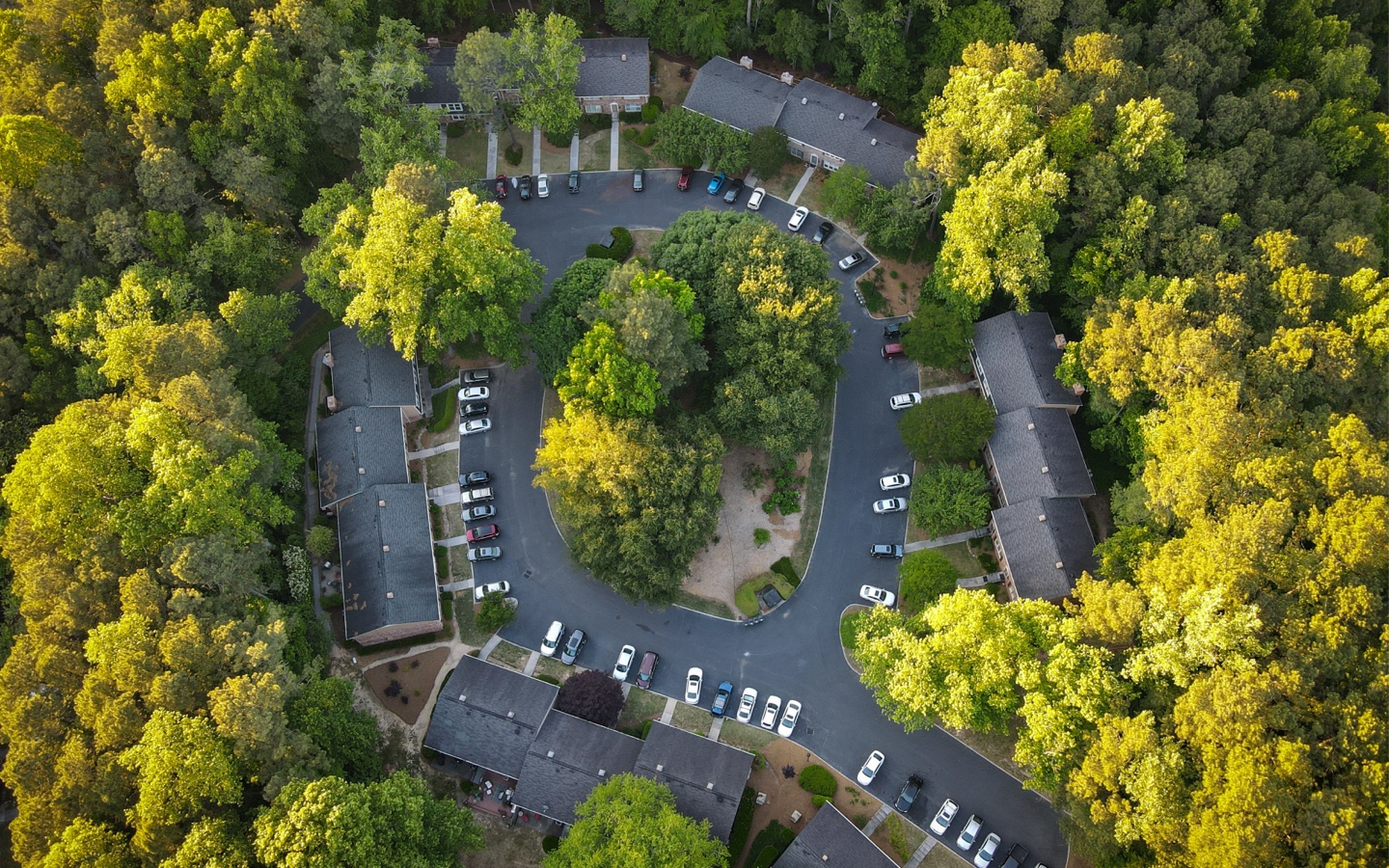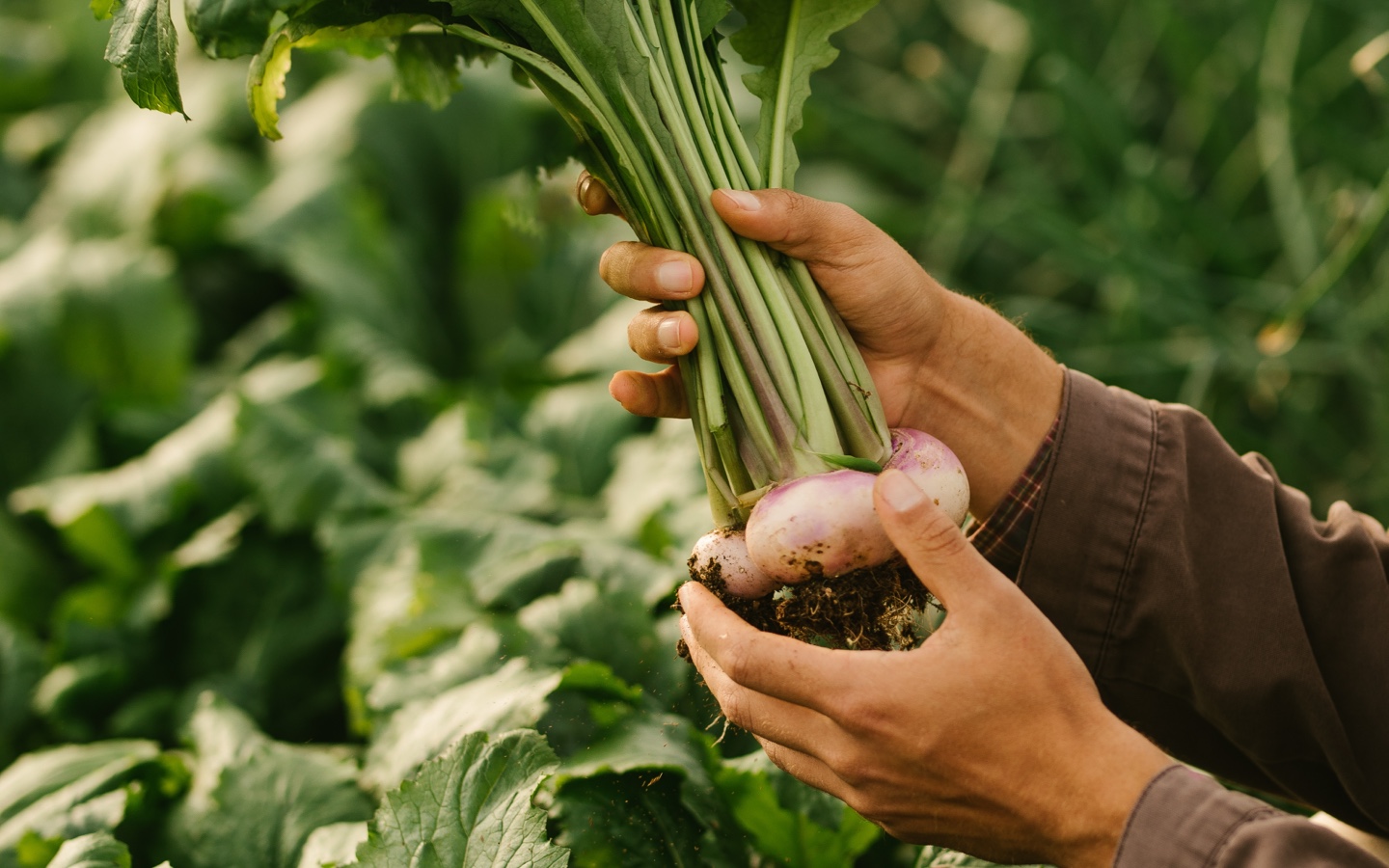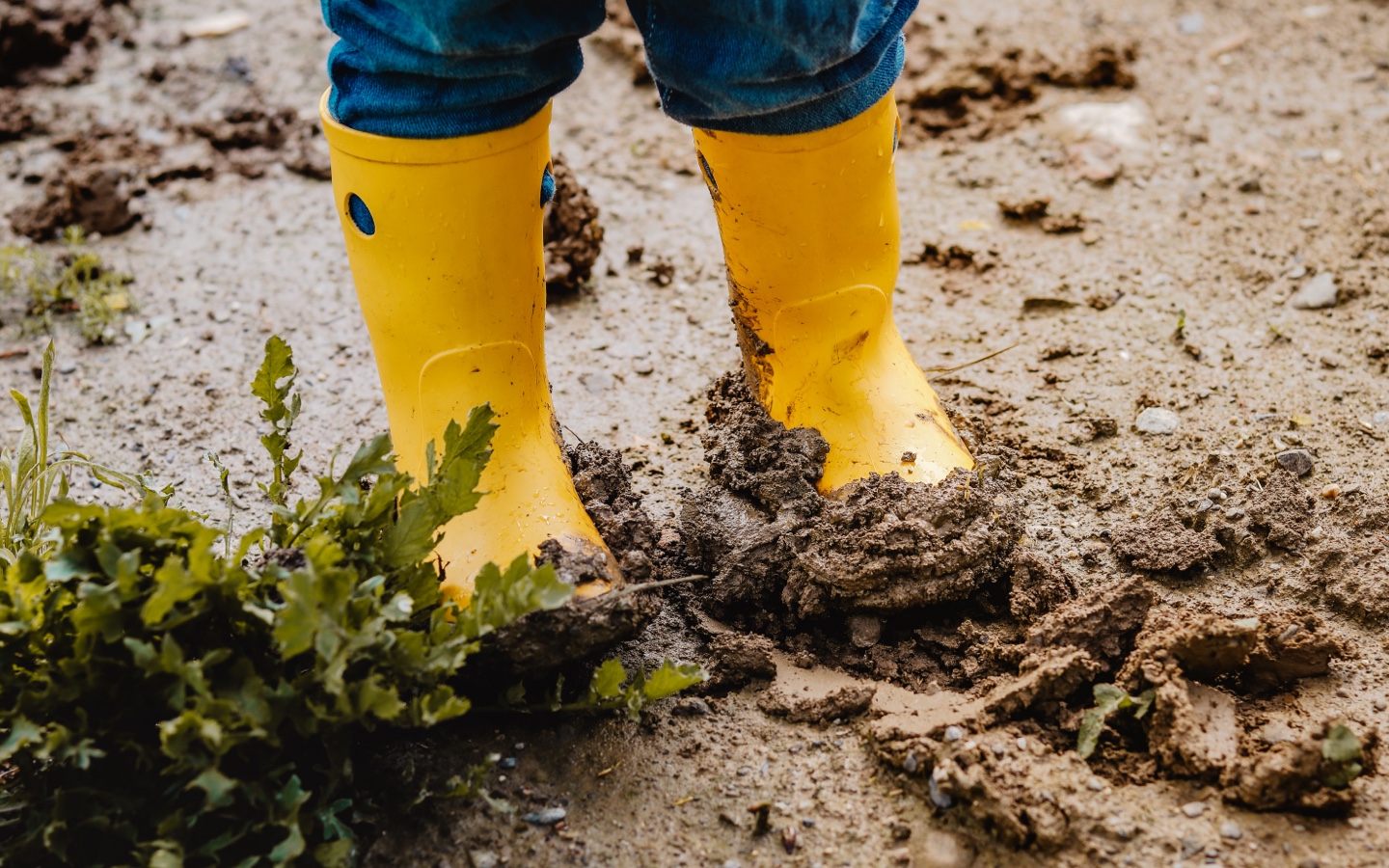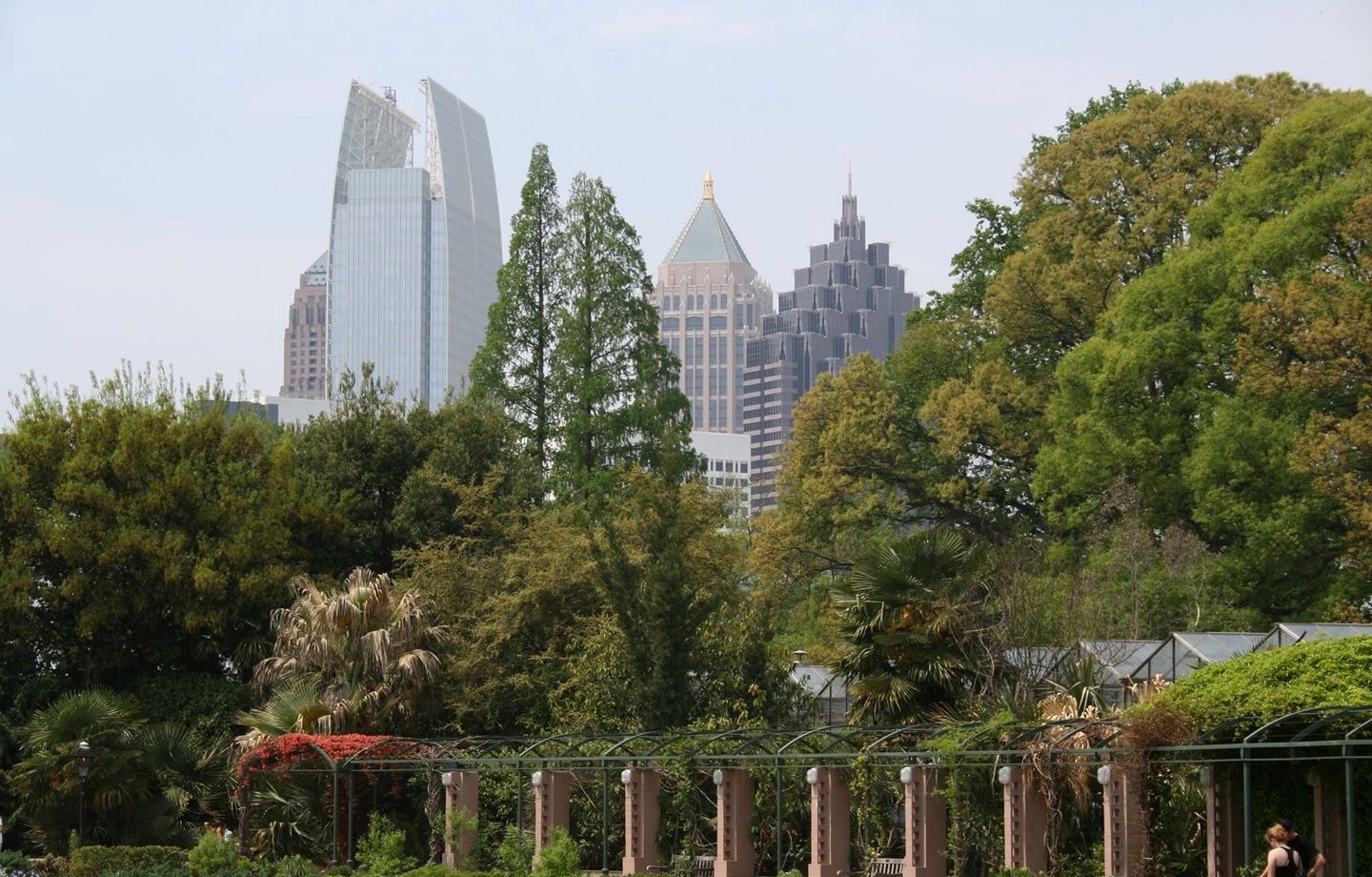Drought and extreme weather events caused by climate change are releasing toxins in our soil into the air and environment, making lead exposure worse — particularly for minority and low-income communities.
In 2018, researchers and community members of Atlanta’s Westside neighborhood discovered unsafe levels of lead in their soil — levels high enough to warrant an Environmental Protection Agency investigation in the surrounding areas. The investigation continues to this day.
In their initial expanded survey, which covered about 35 city blocks, the EPA found that more than half of the properties in that area had unsafe levels of lead in their soil. The neighborhood’s residents are predominantly Black, and about 40 percent live at or below the poverty line.
Across the country, in 2020, researchers at the University of California, Irvine, released a study showing that soil in Santa Ana’s poorest neighborhoods had a higher incidence of lead contamination than other parts of the city. The study followed up on a 2017 investigation by reporter Yvette Cabrera that, among other findings, revealed that as a result of lead exposure, children in Santa Ana had 64 percent higher levels of lead in their blood than the state average.
Then, there’s climate change, which has amplified the depth of environmental injustice that exists today and made it ever clearer that marginalized and poor communities are disproportionately impacted by its effects, from heatwaves to hurricanes. Add to the list exposure to lead and other toxins. The communities that are already at higher risk of exposure to these elements are facing another increasingly urgent crisis — toxins already lurking in the soil are being more readily released into the environment due to climate-related changes.

Read more: How Environmental Racism Makes Heat Islands Worse
Undesirable chemicals like lead, arsenic, and asbestos make their way into soil in all kinds of ways. Resource extraction, abandoned mines, and waste disposal, or illegal dumping, all contribute to soil toxicity. But the problem is compounded when toxic elements in the soil make their way into waterways and the air we breathe.
Eri Saikawa, a professor of environmental science at Emory University, led the research on lead in Atlanta’s Westside. Her team first thought of the idea to test for contaminants in the soil because there had been an increase in urban gardening around the city, and they wondered if the soil was safe to plant in.
Their findings clearly illuminate the cyclical nature of soil toxins, and the long-lasting impacts of environmental injustices — all of which will get worse with climate change. According to the team’s research, the majority of the lead-laced soil in the area comes from slag, a waste byproduct of an industrial metal extraction process known as smelting. Before the practice was regulated, slag was often dumped to fill in low-lying areas once metal had been obtained.
“What was really disturbing was that the dumping of the slag obviously happened decades ago, and I believe it was intentionally done in the neighborhood because it was mainly a pretty poor neighborhood,” says Saikawa. When the smelters were still in operation, they likely also produced a lot of air pollution that deposited additional lead into the soil. Though the smelters have not been in operation for years, Saikawa says that slag has been found as far as eight feet below the ground and the lead has likely leached into the water as well. When people garden in the soil, or when kids play in it or get it on their shoes, it can get into homes or be suspended in the air as dust. “The biggest route of lead exposure is the direct intake of soil and air exposure,” says Saikawa, and children age 6 and younger are at most risk as they absorb lead more easily.

Read more: What is Intersectional Environmentalism?
And climate change, as a result of its impacts on temperature, weather events, and other environmental factors that can disturb soil, is increasingly being considered a risk for spreading toxins on a much larger-scale compared to, say, a child kicking up dirt. Researchers have found that in the wake of major storms, flooding events, and wildfires, toxic chemicals have gotten “knocked loose” from the ground and exposed people to unsafe levels of contaminants through the water and air.
On the other side of the spectrum, as the West gets increasingly arid and dusty, toxins from the ground are more easily taken airborne. Saikawa says she also worries about air pollutants like ammonia. Ammonia is an important contributor to particulate matter formation and can cause health problems with long-term exposure — and a larger proportion of it may be coming from soil than we think.
In both Atlanta’s Westside neighborhood and Santa Ana, the shocking findings of contaminated soil have served as grim reminders of just how much marginalized communities must bear the brunt of environmental hazards, both from immediate manmade causes and in an increasingly unstable climate. But the studies have also led to concrete changes.
In Atlanta’s Westside neighborhood, more than 1,000 properties are classified as Superfund sites that the EPA must clean up. And in September 2021, Santa Ana’s city council passed a unique resolution declaring a climate emergency for the area. They pledged to prioritize environmental injustice and public health issues alongside climate change. It’s been praised as a great example of how other cities can tackle the climate crisis and its impacts with policy. After all, as with the cyclical link between soil, water, and the air we breathe, climate change is inextricably connected with human health and inequality — there’s no way to address any of the elements in a silo.

Read more: Why We Have to Curb Methane Emissions Now
Have feedback on our story? Email us at [email protected] to let us know what you think!

Shop Pillows
The Essential Organic Pillow Collection
Gentle, breathable, non-toxic support.




